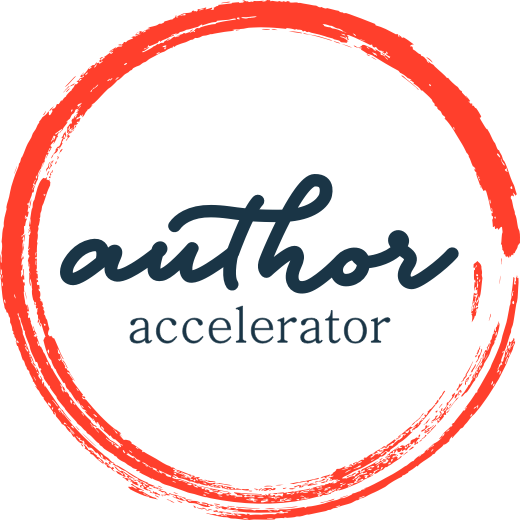Episode 33: Voices of Doubt
Let's give those voices of doubt we all carry about our writing a mental slap in the face. Jennie works to help writers turn up the volume on those voices that say, "YES I CAN!" Today she encourages Melanie to express what it felt like as she wrote this week, because her work kicked butt.
IN THIS EPISODE
Subtitle: How One Friend Drags Another Friend Kicking and Screaming Towards Her Dream.
Mel’s husband, Mike, listens to the podcast for the first time. Our husbands give us their unsolicited thoughts on the podcast, which actually surprise us! (Melanie and I have husbands who are both medical physicists.)
We tease each other about subscribing to and reviewing our own podcast.
Mel’s mom makes a surprise guest appearance.
Mel talks about her feelings on writing with authority and contrasts them with how uncomfortable she felt writing her scenes previously.
There’s comfort in knowing that even if you write and aren’t sure about what’s on the page, your book coach can help you fix it—you can’t edit a blank page.
Jennie harps on her questions about how we felt while writing, because her goal as a book coach is to get in the writer’s head and teach them how to “self-coach” as they write. She wants writers to push down the voices of doubt and shout out “I can do this!”
Jennie coaches Mel through a large chunk of backstory that can’t organically be conveyed through dialogue. How can she do this without feeling like it’s an info dump and without stopping the flow of the story? The key is to filter the meaning/emotion of the information through the characters.
We talk about how to end a scene—you end a scene by resolving the thing that started.
Jennie talks about how Mel totally killed her scene this week. It’s good not just in how it was written, but she nailed where she placed it and the role it plays in the overall story.
I ask Jennie a super rookie question—how do you decide what makes a chapter? Jennie answers the question using a terrible physics example in an attempt to relate to our husbands, who we are now aware are listening. Even though she used a science example, she said this is where nuance and art come into play. Jennie compares a scene in a book to a scene in a play and explains how to use location as one way to determine how to break things up. Ask yourself, is there enough change that we need to rest in this place?
